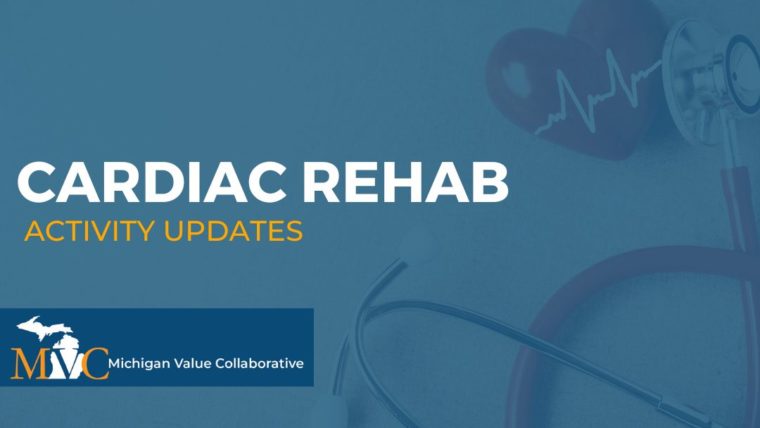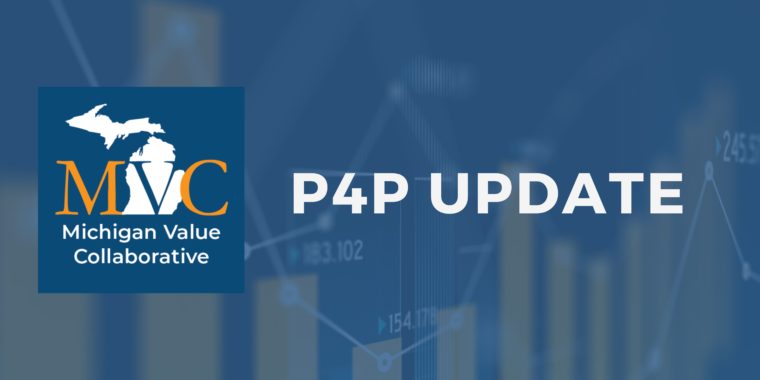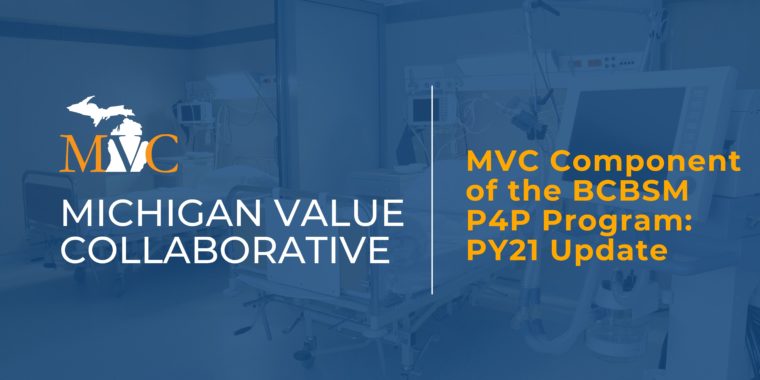The Michigan Value Collaborative (MVC) and the Blue Cross Blue Shield Cardiovascular Consortium (BMC2) recently held a successful 2023 Fall Michigan Cardiac Rehab Network (MiCR) Stakeholder Meeting on Fri., Nov. 17. This was the second in-person MiCR Stakeholder Meeting since MVC and BMC2 founded the MiCR partnership in 2022. The meeting brought together 63 individuals representing 28 organizations and was co-hosted by Trinity Health Ann Arbor’s cardiac rehab team.
The day’s agenda accounted for a variety of topics, including updates and material releases by the MiCR team, presentations and panel discussions about the new MVC and BMC2 pay-for-performance measures for cardiac rehab (see slides), advice and updates about cardiac rehab billing (see slides), recent findings about liaison-mediated referrals and their impact on cardiac rehab participation after percutaneous coronary intervention (see slides), and breakout groups to help brainstorm opportunities within various focus areas.
One unique and memorable aspect of the day was the ability to learn from the meeting’s hosts, Trinity Health Ann Arbor. Professional representatives from the site included Frank Smith, MD, Medical Director of the Intensive Cardiac Rehabilitation Program for the Ann Arbor and Livingston locations, and Mansoor Qureshi, MD, Medical Director of the Cardiac Catheterization Lab and Structural Heart Program for Ann Arbor, who provided opening remarks about the importance of facilitating provider buy-in and referrals. They emphasized cardiac rehab as a key high-value service to improve patient lives. Their slides can be viewed here.
They were also joined by Amy Preston, BS, CEP, Cardiac Rehab Manager and Exercise Physiologist, who organized optional tours of the Trinity Ann Arbor rehab space. Nearly all the meeting’s attendees opted to participate in the tours to learn about the unique spaces and strategies utilized at Trinity.
The MiCR team was also thrilled to announce the launch of New Beat, a multi-component intervention developed in partnership with the Healthy Behavior Optimization for Michigan (HBOM) team (see slides). The New Beat program’s interventions address specific barriers to patient participation, such as gaps in patient or physician knowledge about benefits, the need for stronger physician endorsement, and access issues resulting from transportation barriers. The offerings developed by MiCR and HBOM to support these New Beat strategies include MiCR’s new website (MichiganCR.org), patient- and provider-facing educational materials, cardiac care cards that can be signed by providers and delivered to patient rooms prior to discharge (Figure 1), and an Uber Health pilot. In particular, please note that the interest form on the MiCR website is now open for those interested in accessing these resources or requesting others.
As of the Nov. 17 meeting, the 2024 CMS reimbursement rules for cardiac rehab had not been announced. Once they are, MiCR will help share those updates and related resources with its contacts. Please reach out to info@michigancr.org with any questions.


























